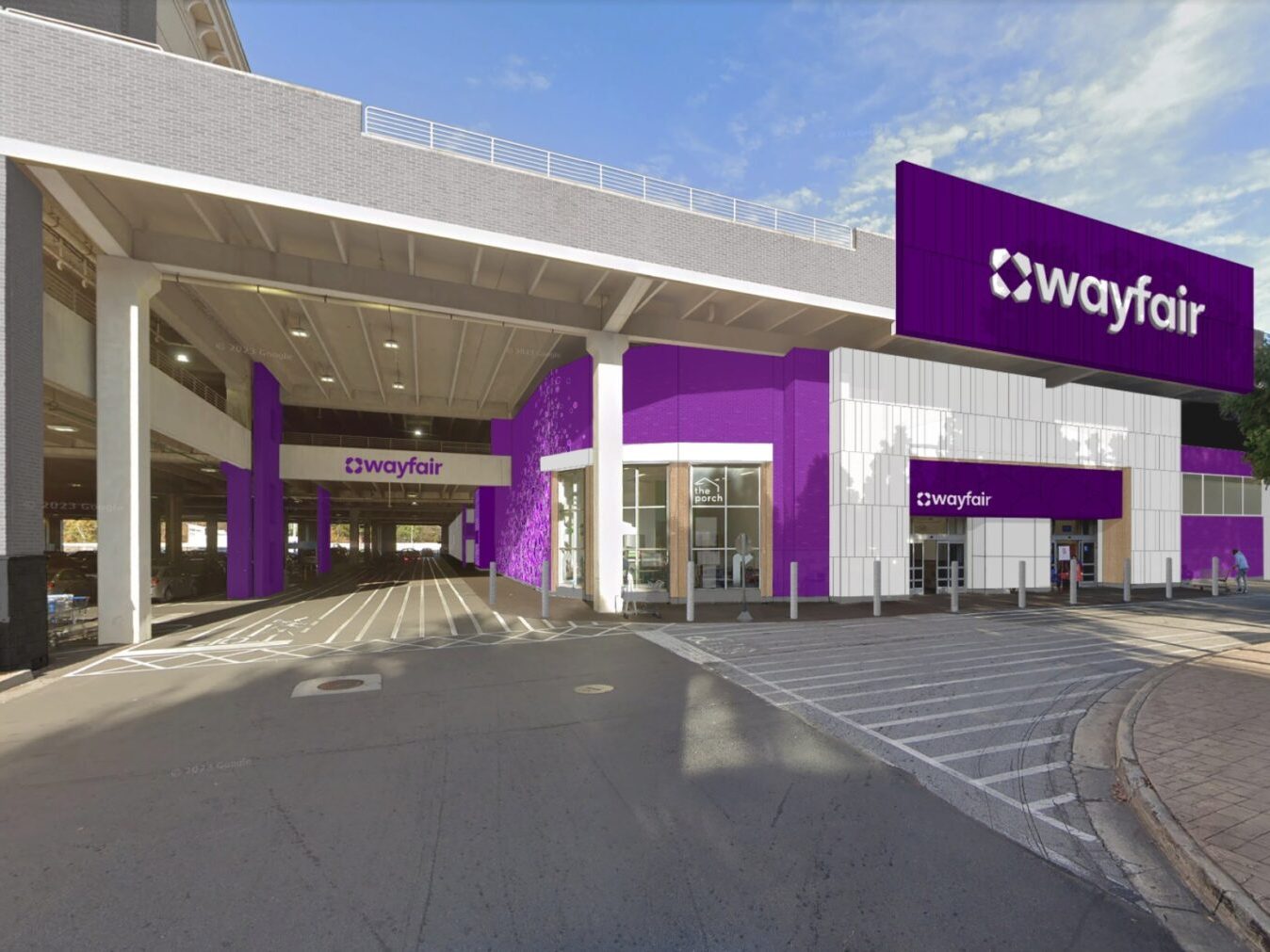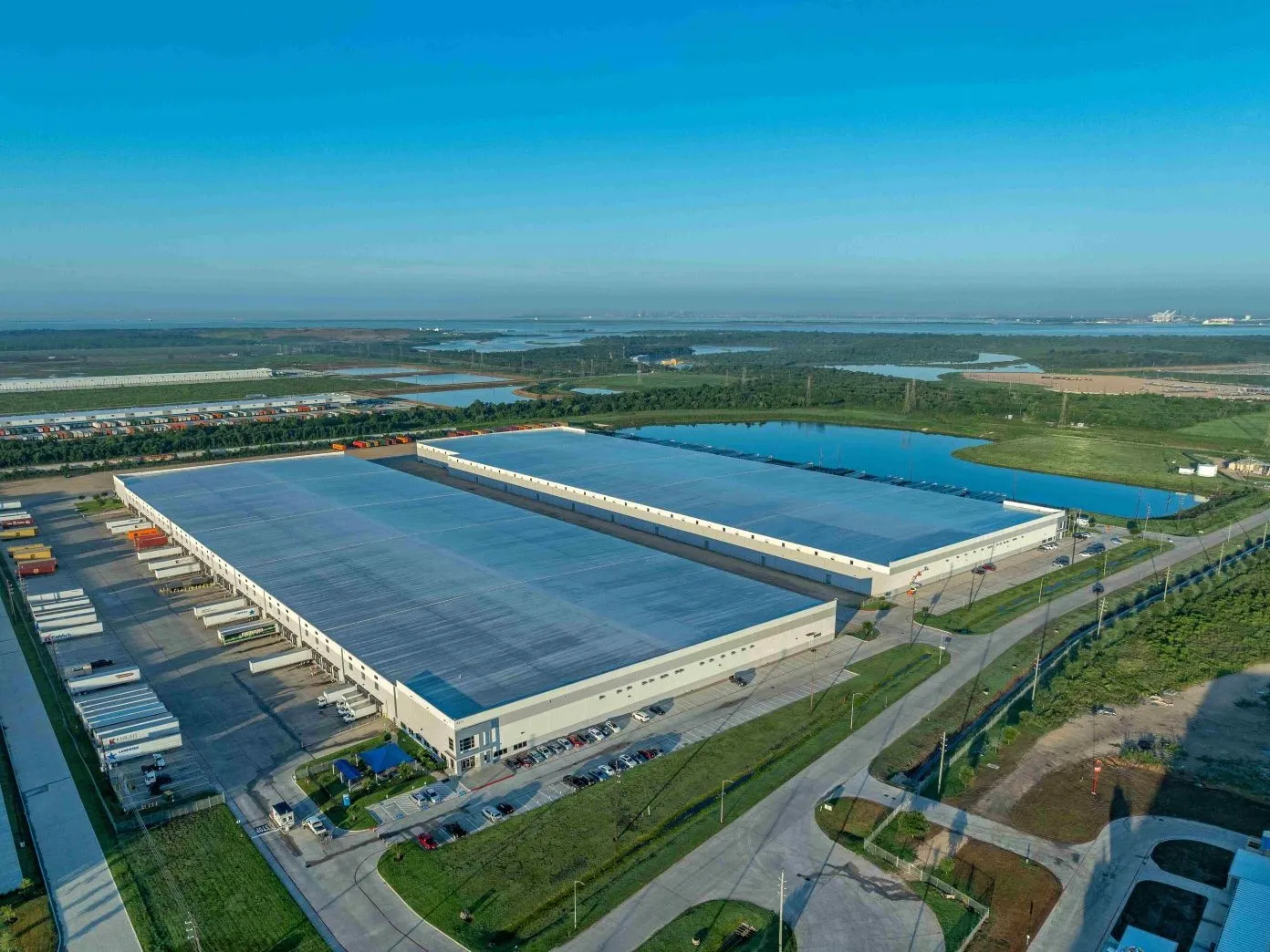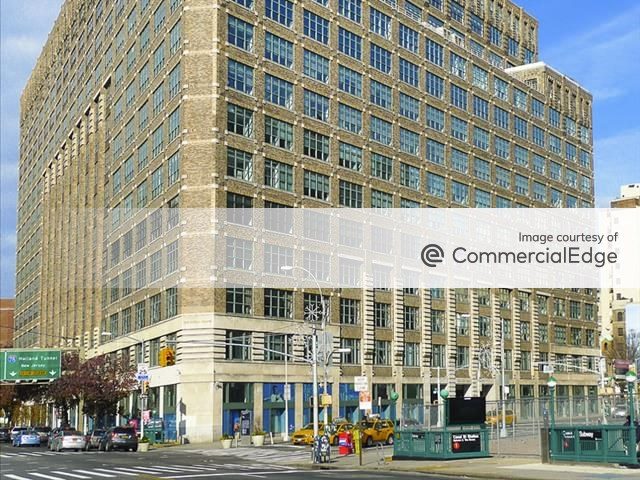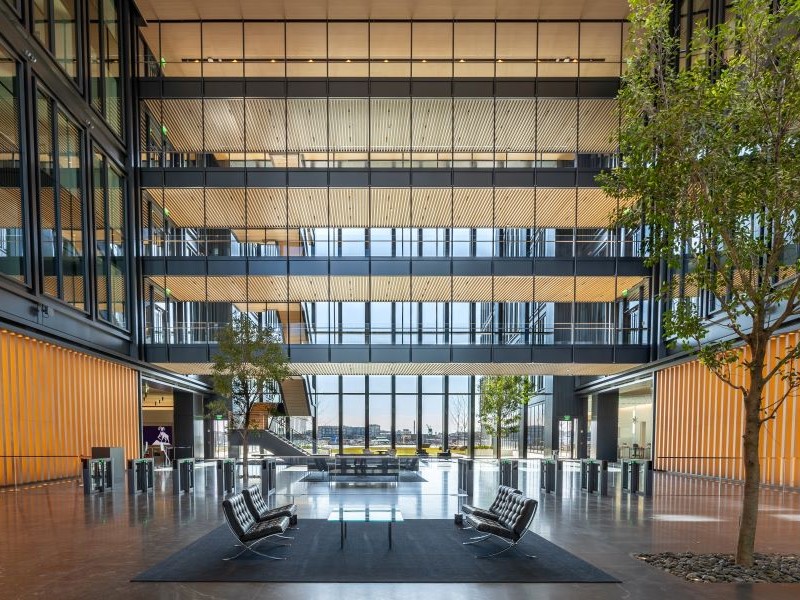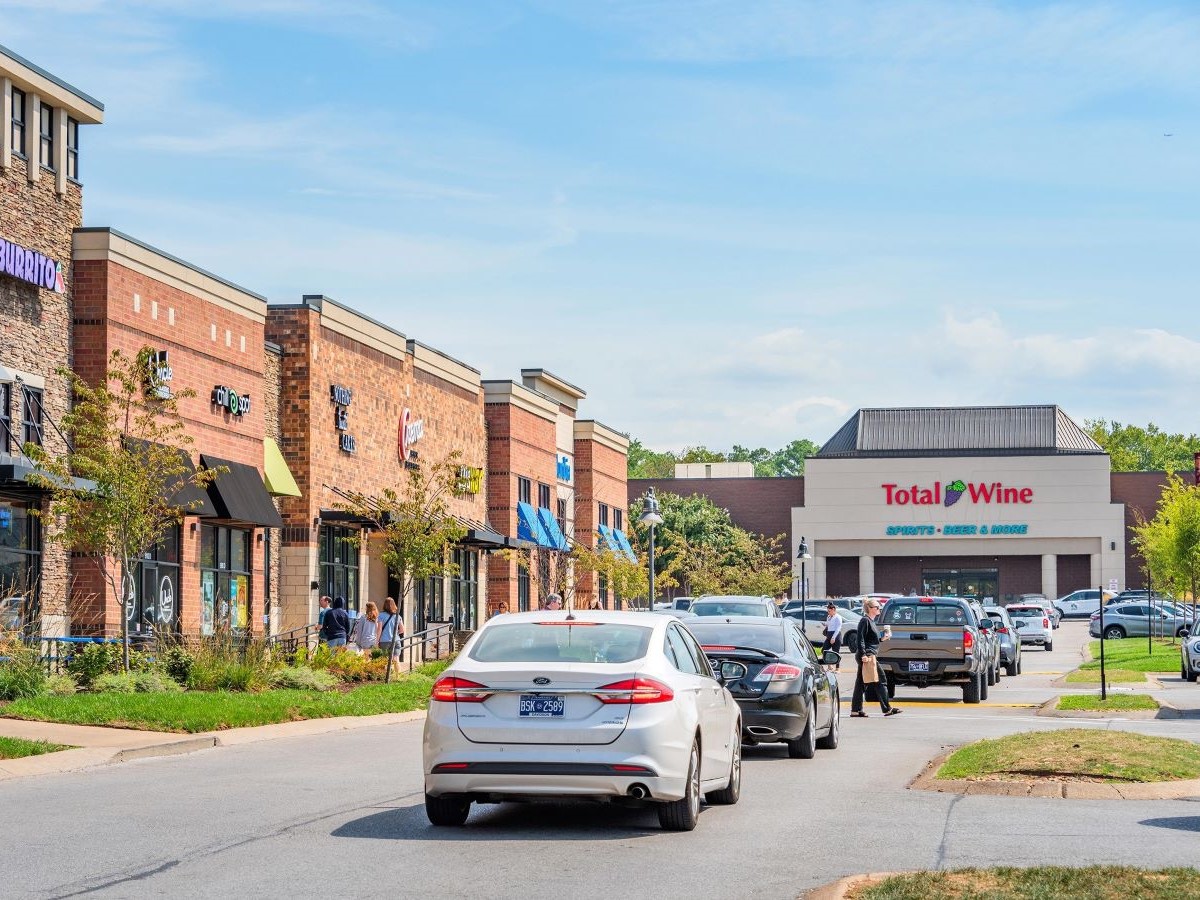Top 5 Markets for Industrial Transactions
Investment volume in these areas approached $11 billion, accounting for more than one-third of the sector’s sales, according to CommercialEdge data.
In contrast to other segments within commercial real estate, the industrial sector’s fundamentals remain solid, even though the recent boom is expected to taper in 2024 and 2025. A slowdown in growth is already evident if we look at data provided by CommercialEdge—with $32 billion worth of industrial assets spanning 337 million square feet changing hands in the U.S. year-to-date in October. This figure represents a 53 percent decrease from the robust transaction volume recorded in the same period of 2022, exceeding $68.2 billion, and a 54 percent decline from the $70 billion transacted in 2021.
Our list spotlights markets that stand out as top performers in national industrial transactions, using CommercialEdge data. The combined transaction volume in these markets amounted to $10.8 billion, constituting 33.9 percent of the overall national sales volume.
1. Inland Empire
Southern California continues to show its resilience, particularly in the industrial sector. In the Inland Empire, industrial sales have exceeded $3.3 billion year-to-date as of October, covering 15 million square feet across 85 properties. This represents a significant 25 percent decrease compared to the same period last year, where 117 properties totaling 15.3 million square feet were sold for a total of $4.4 billion.
Notably, this year's values also mark a 17 percent drop from the nearly $4 billion recorded during the same period in 2021, when 182 properties with a total of 27.5 million square feet changed hands. Despite the decline in sales volume, Inland Empire maintains an average price of $245.00 per square foot. CommercialEdge data highlights that while this figure is lower than the averages of the previous year, lagging behind the $290.67 per square foot recorded in 2022, it still surpasses the 2021 average of $166.54 per square foot.
2. Los Angeles
Propelled by activities at the Port of Los Angeles and increased demand for last-mile distribution centers, Los Angeles clinched the second spot in our rankings. From January to October 2023, transaction volume in the metro approached $2.8 billion, involving 11.2 million square feet across 112 properties. This figure indicates a 48 percent decrease, when compared to the same period in 2022, when 210 properties spanning 18.5 million square feet traded for a total of $5.4 billion.
Industrial sales in 2023 decreased by 36 percent compared to the $4.4 billion recorded during the first 10 months of 2021, encompassing 248 properties totaling approximately 22 million square feet. In October, the average sale price for industrial properties stood at $308.93, according to CommercialEdge data. This figure closely aligns with 2022 values, when industrial assets traded at an average of $310.49 per square foot, but marked a 39 percent increase from the $222.12 per square foot recorded in 2021.
3. New Jersey
Against the backdrop of the real estate landscape in New Jersey, the first 10 months of 2023 witnessed a transformation in the market. A total of 83 industrial properties comprising 9.5 million square feet changed hands, generating a combined value of $1.8 billion. This, however, signifies a notable 44 percent decrease compared to the $3.2 billion worth of assets sold during the same period in 2022, involving 188 properties totaling 19.7 million square feet.
Moreover, industrial transaction activity in 2023 experienced a 35 percent drop from the $2.8 billion recorded in 2021, encompassing 165 properties covering 18.2 million square feet. As of October, the average sale price for an industrial property was $229.58 per square foot, indicating a 28 percent increase from the $179.35 per square foot reported in 2022 and a 22 percent rise from the $187.67 recorded in 2021.
4. Phoenix
In the midst of a spillover effect from neighboring markets like Los Angeles and the Inland Empire, Phoenix's real estate landscape underwent shifts. As of October, industrial sales volume surpassed $1.5 billion, involving 42 properties totaling 12.4 million square feet. However, this is a 46 percent decrease from the robust $2.8 billion recorded during the first 10 months of 2022, when industrial sales comprised 96 properties featuring 19.3 million square feet.
The investment volume in 2023 also experienced a 65 percent decrease compared to the $4.3 billion registered during the same timeframe in 2021, involving 86 properties totaling 29.5 million square feet. Notably, the average sale price for an industrial asset remained relatively stable over the past three years, CommercialEdge data shows. In 2023, industrial assets traded at an average of $160.61 per square foot, closely aligned with the $168.64 per square-foot average of 2022 and the average recorded in 2021, which stood at $164.33 per square foot.
5. Bay Area
In the dynamic landscape of the Bay Area, transaction activity year-to-date as of October reached $1.4 billion. Approximately 6.6 million square feet of industrial space changed hands across 51 properties. This marks an 18 percent decline in industrial investment compared to the same period in 2022, when 78 properties totaling 8.7 million square feet changed ownership for $1.7 billion.
The sales volume for this year reflects the same drop when compared to the first 10 months of 2021. During that period, 96 properties encompassing 8.8 million square feet were sold for $1.7 billion. Meanwhile, the average sale price for an industrial property stood at $342.79 per square foot in October. This indicates a 44 percent increase from the 2022 average of $237.42 per square foot and a 55 percent rise from the 2021 average of $220.19 per square foot.

